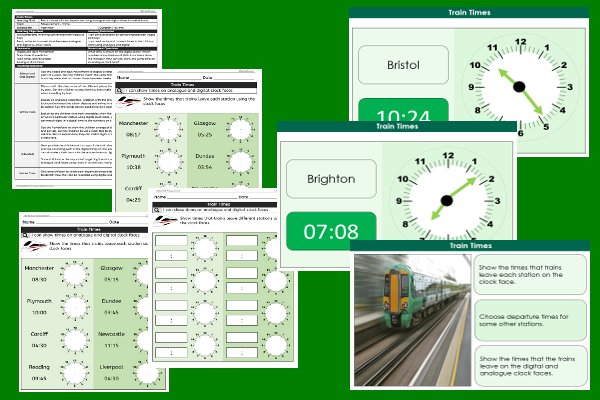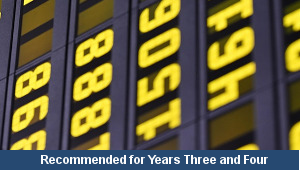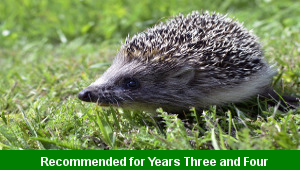Lesson Four – Train Times

This maths teaching pack for Key Stage Two gets the children to identify and record the times of different train departures using timings that have been recorded on both analogue and digital clocks in twelve hours.
The class can model how to show the digital times for each train departure on matching analogue clock faces using the correct positions for the minute and hour clock hands.
Download this teaching pack including a lesson plan, classroom activities and an interactive presentation to identify and record the times of different train departures using timings that have been recorded on both analogue and digital clocks in twelve hours
Activities in this teaching pack include a set of differentiated worksheets to model how to record the times of different train departures using analogue and digital clocks in twelve hours using times in minutes for core and extension ability levels and in fifteen minutes for support ability levels.
The interactive presentation gets the children to explore how to record the times of different train departures using analogue and digital clocks in twelve hours.
This lesson is part of a maths scheme of work to get the children to practise converting between different units of time for hours, minutes and seconds and change a range of analogue and digital times using the twelve hour clock and calendar dates. There are teaching activities for shared learning, differentiated worksheets to support independent learning and interactive presentations to introduce concepts and key skills.
-

Rounding Hundreds
Explain and model how to round some different numbers to the nearest hundred based on the place values of the digits in each number
-

Rounding Tens
Identify and record how to round some different numbers to the nearest ten based on the place values of the digits in each number
-

Classic Animal Stories
Investigate the structure and content of classic works of fiction by significant authors with animals as the main characters
-

Cities, Towns and Villages
Research and present the history of a range of different buildings and people that are part of the local community using a school exhibition
